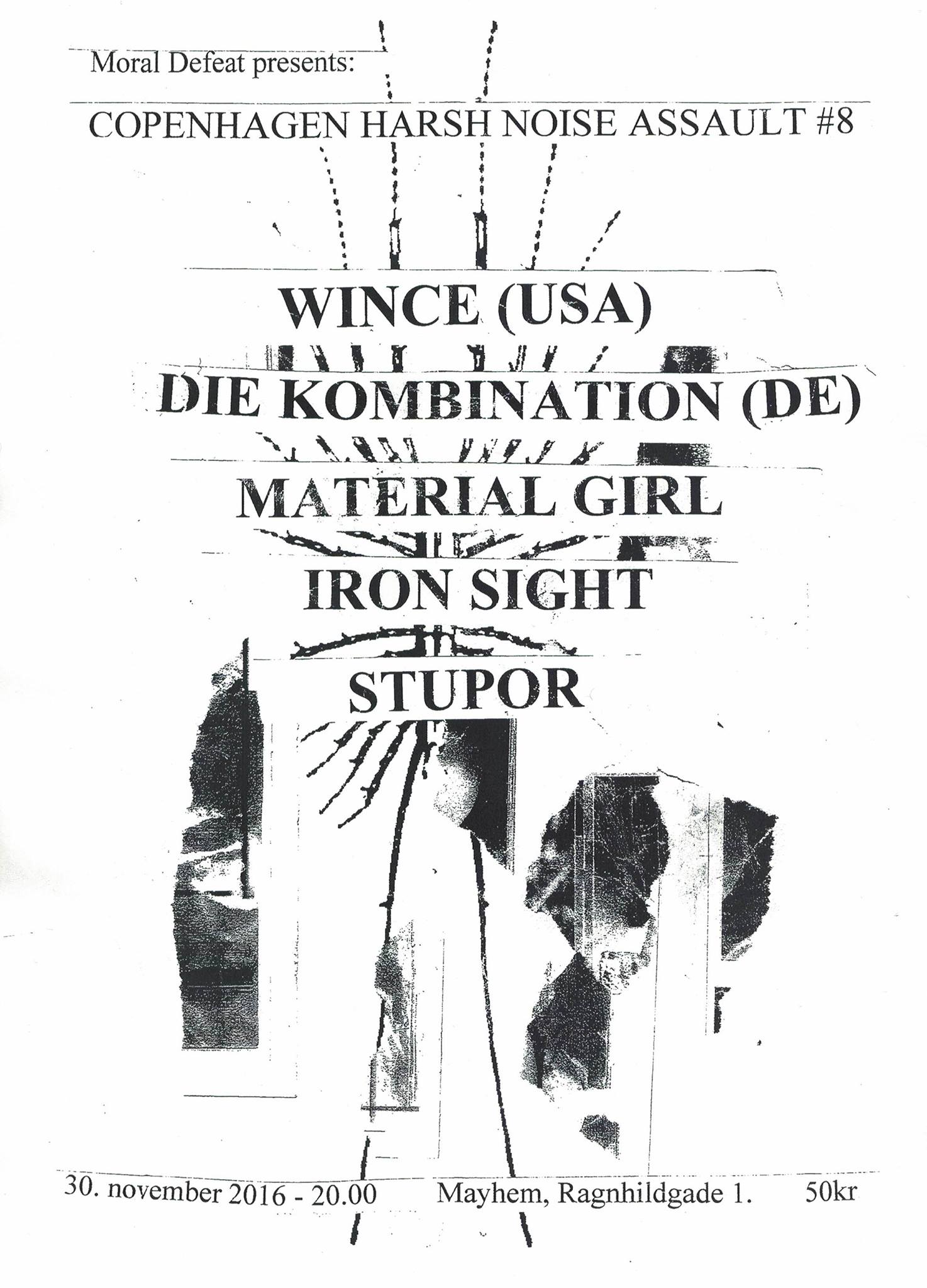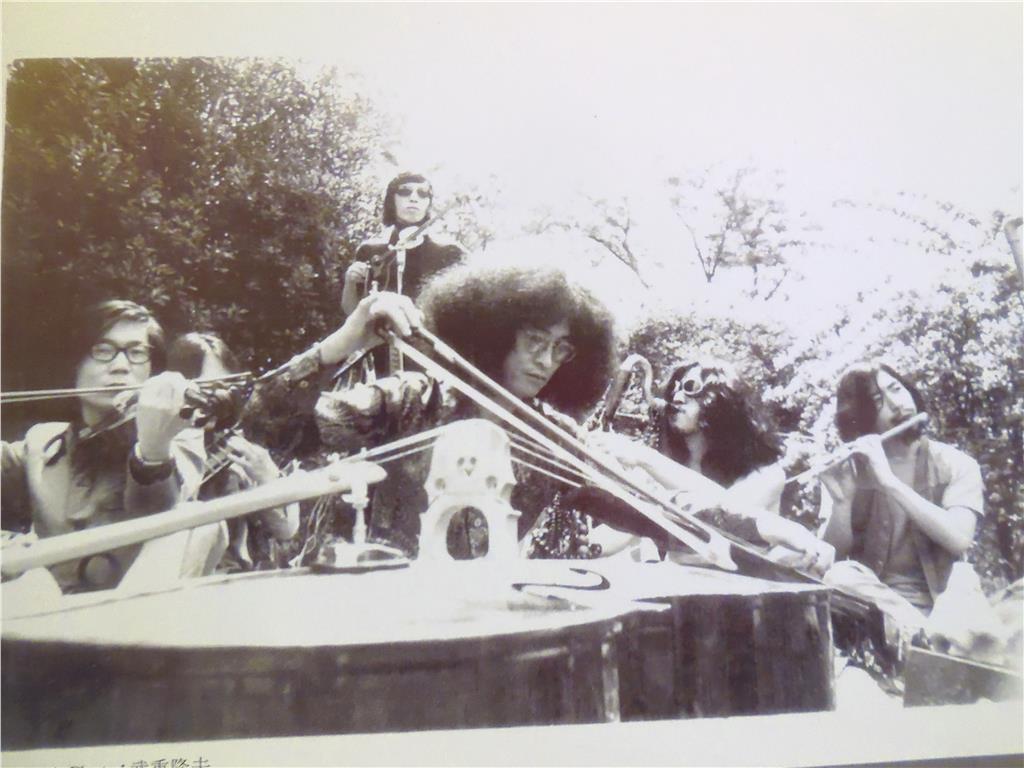Maria W Horn – A haunted soundtrack for the dismantling of the misogynist traditions

Maria W Horn “Kontrapoetik” (co-released by XKatedral and Portal Editions, 2018) – review by Sandra S. Borch
What caused the Swedish composer Maria W Horn’s sounds of burning turmoil is a combination of the sound itself and the intense narrative which she has based her album upon. Maria W Horn explores the past of her home region, Ångermanland, in the north of Sweden. The region is the site of Sweden’s largest documented execution of women accused of witchcraft in 1674 in the form of burning and decapitations. This theme is extremely explicit through the entire album. It comes with a thorough description of mystery, death, ill-fated dogmas, and this is the sound you can hear on the record. She is not out for blood nor revenge. The title alone points at something not poetic, something far from romantic and idyllic. The album is a mirror of horror, a form of skillfully engineered intensity.
“Kontrapoetik” is an album of tactile timbre and textures. That might not come as a surprise for anyone familiar with Maria W. Horn’s previously work – she is an artist who has never not had minimalistic structure and powerful outcome to her practice. The core of her music is sonic extremes in both ends of the spectrum, meaning it can be “more” in the sense of being loud, noise-oriented with piercing synths or it can be “less” in the sense of simply filtering it down to a whisper or complete silence. In both ends Maria W Horn shows her craftsmanship across the six tense tracks on “Kontrapoetik”.
The album’s first track is titled “Atropa”. In Greek mythology, Atropa was the goddess who ended lives of mortals. It is also a genus of the nightshade, a flowering plant with glossy but toxic berries. In both cases, it refers to something untouchable, something with a desirable and beautiful appearance but a fatal and dangerous acquaintance. The same goes for the track, which is soft and slow with piercing sound of hollow glass whispering and a continually hard-hitting nu-metal riff that slips into infinity. And somehow it sounds as if death already has occurred, and the bells are ringing to collect the remaining for the ceremony that awaits.
The following track “Stramonium” starts out with roaring organ chords, that slowly evolves into a melody, but not for long does it stay untouched by the artist’s well-oiled, highly distorted machines that remind the listener that this is no ordinary organ, and the listener is dragged into the extraordinary layers which Maria W Horn is able to construct. I am constantly in doubt whether to be scared and prepare myself for doomsday, or if this might be the sound of liberation.
“Ave” somehow takes it one step further and illustrates Horn’s ability to govern a diverse range of techniques that makes a jarring maximalism wrapped in distorted effects that results in dystopia and blurs the lines between power electronics, drone, and storytelling. “Ave” is not after internal balance but is rather a confrontation with the melody or lack of it, or in other words; an effort to create a different form for balancing melody for an extremist. Following is a quote from the press release that states the sincerity of the underlying message of the track:
“Concurrent with Horn’s Ångermanland research, she was part of an artistic research project in the form of a satanic feminist sect. The goal of the work within the sect was to develop a practice consisting of ceremonies and rituals based on counter readings of the Christian Genesis narratives, dismantling its misogynist traditions. In these counter-myths, Lucifer is re-conceptualized as a feminist liberator of womankind and is seen as an ally in the struggle against a patriarchy supported by God the father and the male priesthood. The ingestion of the forbidden fruit by Eve becomes a heroic act of rebellion against the tyranny of God and Adam. Several of the pieces on Kontrapoetik were composed specifically for ceremonial practices, as in the case of Ave, which is a composition built from a text by Michelle Jangmyr, one of the sect members.”
Here the sound takes an almost sculptural format addressing space and time, and completely inhabit the listener, and it leaves nothing to be negotiated. It evokes a kind of claustrophobia that helps establish the dark and apocalyptic message of the track and the general album.
Maria W Horn has a dramatic palette of sound and the artist’s fondness for the technique was already established from the very start. A combination of Puce Mary, Pan Daijing, Yves Tumor, and Pharmakon would be suitable musical equivalents in terms of the sonic signature. No matter how dark the sound gets, at no point do you feel disoriented. She is determined in her sound, work, and expression. “Kontrapoetik” shows the growth of Maria W Horn’s musical abilities. It is not only a sonic reflection of her revisiting her home region’s past but also a warning of what might await if we do not succeed in dismantling the patriarchy.
Info: “Kontrapoetik” is co-released on the Swedish imprint Portals Editions together with Maria W horn and Kali Malone’s own label XKatedral, October 19th.


